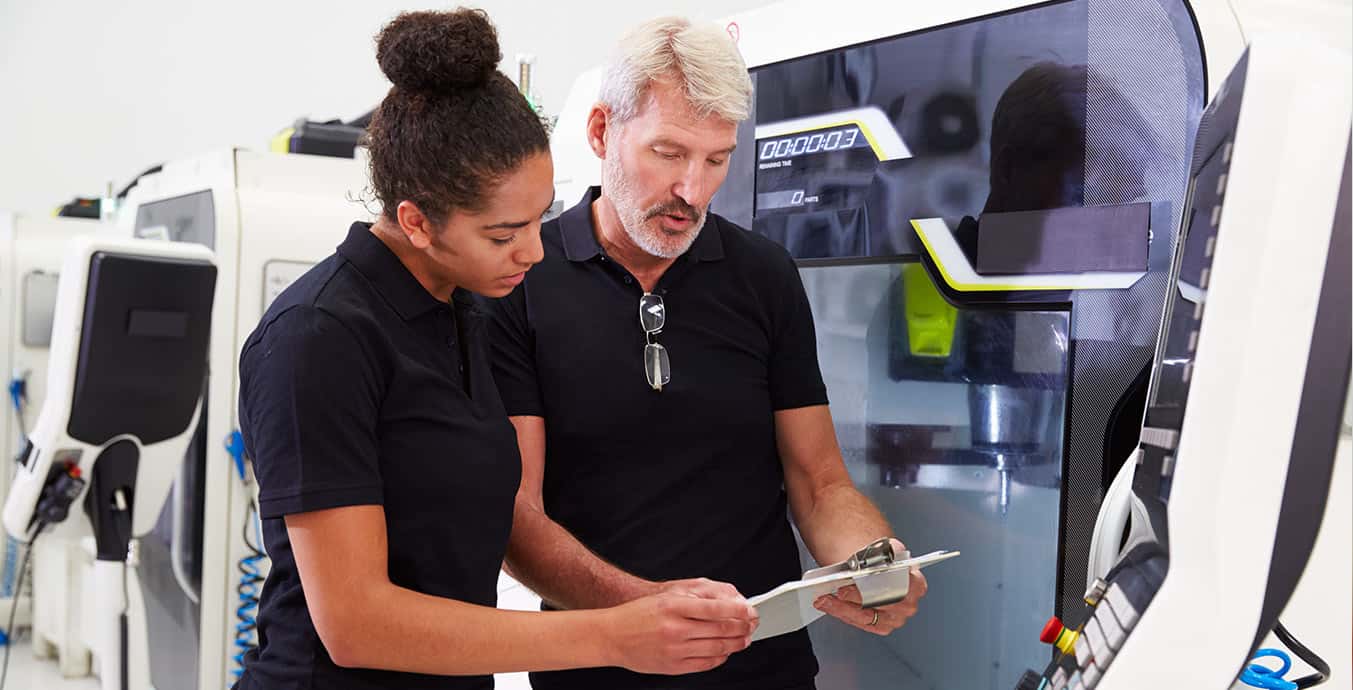
Approximately half of all premature engine failures are preventable and originate with issues inside the cooling system. However, most of these failures can be identified and resolved early using the preventative measure of testing coolant in the system.
Monitoring and sampling coolant offers operators a snapshot of the wider picture and helps head off expensive and time-consuming mechanical downtime. If around 50% of engine failures are caused by coolant problems, then effective testing can also stop the same percentage of issues enhancing productivity and equipment longevity.
Today, cutting-edge design has resulted in an increased demand for greater fuel efficiency and reduced emissions. As a result, the operating temperatures of modern engines has risen year-on-year, making the role of cooling systems and the coolant they use more important than ever.
In this blog, we’ll take an in-depth look at five of the key reasons why coolant sampling is beneficial for businesses while highlighting some of the issues that can be identified and rectified. Read on to update your understanding.
Detecting if glycol concentration is correct
Several causes can be behind glycol concentration having the wrong ratio. Among the most common are top-offs to the system using water or a coolant concentrate, flush water remaining in the system or water loss caused by a faulty pressure cap or during boil-off. If glycol concentration is at the incorrect ratio specified by the system’s original equipment manufacturer (OEM) many serious issues can arise. These included engine blocks and coolant freezing, overheating and damage to seals. The wrong glycol concentration effectively reduces the active service life of the coolant but in worst case scenarios can lead to premature engine failure.
Keeping pH levels with specifications
Regularly observing the pH levels of the coolant will effectively supply early warnings of potential issues in the cooling system. The best pH level for a coolant will vary depending on the lubricant’s specific formulation. A problem that can occur when pH levels don’t meet the OEM specification is corrosion of components made of iron or iron-alloys like steel. This typically leads to damage to the engine liners. Additionally, corrosive forces can attack exhaust gas recirculation (EGR) coolers, or other types of coolers used in the system. The issue is made worse when solutions lose their additives like corrosion protection inhibitors. This can cause plugging to occur and insufficient coolant flow. If the coolant can’t circulate freely, heat cannot be extracted from the engine effectively and the lubricant starts to degrade faster. This causes shorter drain intervals for companies increasing maintenance time and lubricant supply.
Identifying insufficient anti-corrosion additives
The role of anti-corrosion additives like corrosion protection inhibitors is to properly maintain pH, mitigate corrosion of metal surfaces within the system and prevent foaming. When corrosion is an active process in the system heat can’t be removed efficiently. Furthermore, a corrosive environment attacks solder joints leading to leaks and holes inside the system. Such leaks can cause further issues like contamination, internal coolant boiling, and chemical reactions with a negative impact.
Detecting contamination sources
There are several sources of contamination that can cause harm to a cooling system and lead to engine failure. However, the most easily preventable source of contamination is water, which dilutes coolant concentrate and is used to top-off the cooling system. However, using water that is outside of OEM specifications can increase corrosion and scale formation. Even fresh tap water can contain elements harmful to a coolant system when levels reach a certain amount. These include magnesium, calcium, sulphate, and chloride. Scale usually forms in areas where the most heat transfer is required and works like an insulator to the detriment of the system and engine leading to overheating and damage.
Spotting signs of failure early
Routine coolant testing can show signs of wide range of serious issues like combustion gas leaks, glycol degradation, air leaks, contaminants, and electrical problems. Each problem will cause different chemical reactions in the cooling system, that will result in total failure. With early identification, scheduled downtime for repair work can be planned for. Correcting the issues can help avoid engine failure as well as unexpected mechanical downtime.
Corrosion of equipment occurs at a much slower rate than wear. For this reason, engine failures happen far more often but are often found to originate with issues relating to the cooling system. The system must always be able to effectively circulate coolant, extract heat from within system and then dissipate this heat efficiently to function properly. When the system cannot perform its roles effectively, operators experience reduced lubricant service, increased levels of engine wear, and issues with the coolant system’s components, all of which often result in the engine experiencing premature failure.
Scheduled testing of the coolants used in your system can ensure that you maintain optimum system and engine health and avoid the costs and disruption associated with damaged components and engine failure.








































